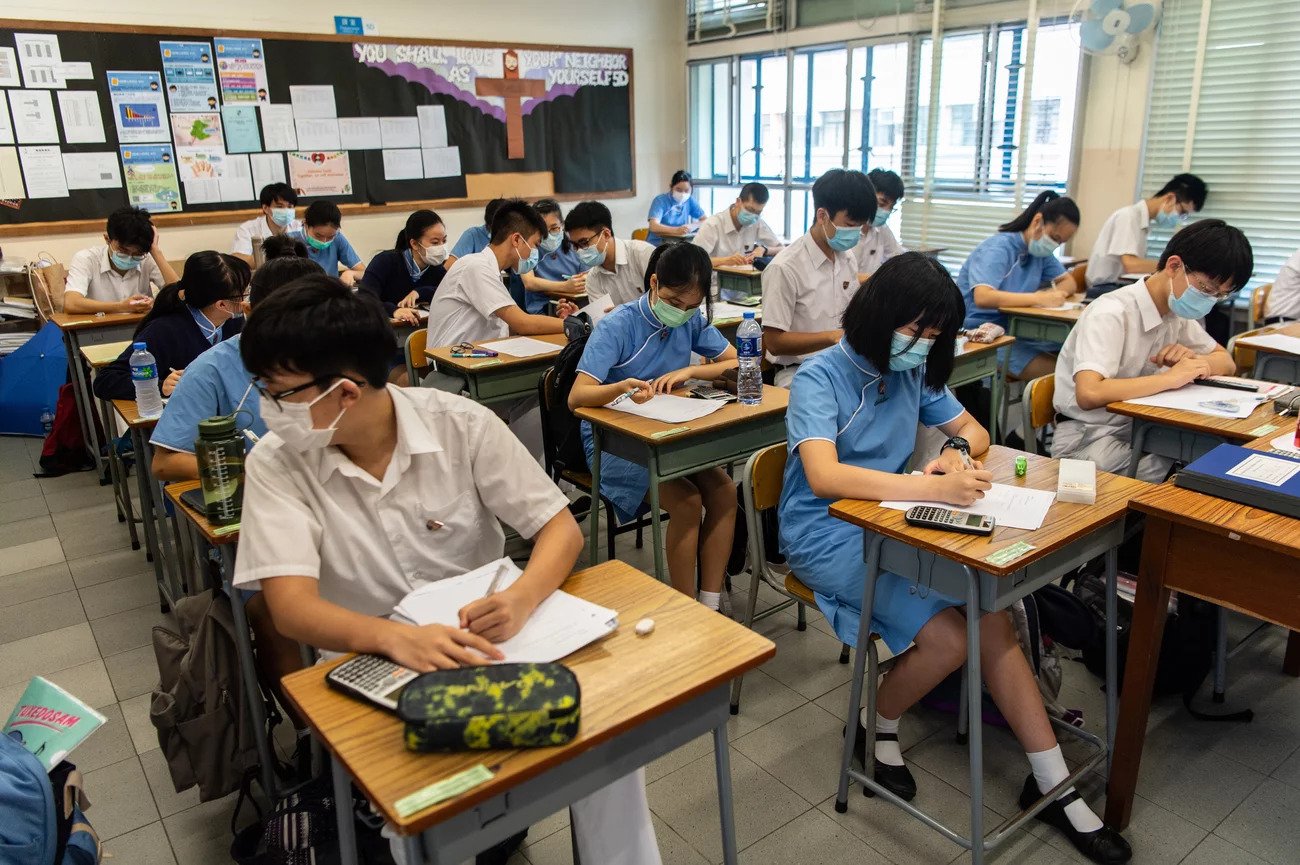How the Covid-19 Pandemic Has Impacted The Education Sector

DDHK.ORG — The education sector was one of the many industries that suffered because of the Covid-19 pandemic. Schools had to make drastic changes to continue their operations. The good news is that this opens many doors for the education technology (edtech) sector. Here is what has happened in the education industry and what changes we could be seeing in the future.
Online Learning
The first thing that happened when Covid-19 became a pandemic back in March was a sudden transition to online learning. Many institutions around the world weren’t prepared to make the change, not in just a few weeks. They didn’t have the digital infrastructure, training, or tools needed to deliver a successful online learning service.
Teachers and students had to adapt fast, which meant the learning process wasn’t as efficient as it should have been. The pandemic affected over 990 million learners around the world. Despite all the obstacles, e-learning became essential to continue children’s education this year.
Learning in a digital space increases access to resources that weren’t available in the classroom. Teachers have to be creative to keep the students engage. They started using education technology tools that are available to anyone. Overall, online learning opens the door to many possibilities to make the experience more enjoyable for the student.
Adoption of New Technologies
The Covid-19 pandemic has also accelerated the adoption of new technologies in the education sector. As mentioned above, the transition to online learning was very fast, and it was hard to provide the best service with only a few weeks to prepare. But, edtech companies have had months now to offer tools that adapt to the needs of society.
The improvements translate to optimized software that can offer better learning experiences. One of the technologies that are already at play is artificial intelligence. Companies and institutions can use AI algorithms to create platforms that adjust to each student’s needs, to test new learning methods, and to evaluate student performance.
Another technology that we could be seeing in the sector is virtual reality. Imagine another global pandemic but with VR headsets being as commonplace as smartphones. Setting up virtual classrooms could be done easily. Education would continue as if nothing were happening; instead of being in the real world, people would live in the virtual one.
More Inequality?
Online learning has the potential to increase accessibility in the education sector in the long run. For governments, it is easier to provide students with devices and an Internet connection than it is to build schools and universities. However, in the short term, it has proved to be a poor solution for millions of kids and adults around the world that don’t have access to the Internet or computers.
We are not just talking about students in third-world countries. It is happening in the US too. Many students don’t have an Internet connection at home and, if public libraries are closed because of the social distancing measures, have no way to go online. Another issue is that online learning may not be suitable for students with certain disabilities.
All of these factors could increase inequality. Not everyone will have the same opportunities or access to learning resources. We won’t see the consequence of this problem for a few more years.
What Could Happen in the Future?
The first thing that we will start seeing is more personalization. New technologies will allow the creation of spaces that adapt to student preferences. This is possible thanks to big data (all the data collected from each user) and data science, which allows us to analyze information and get insights.
With the increased use of technology we will see more self-paced courses. Younger generations are growing up with technology, and the way they learn is different. Self-paced courses have become more common, especially in high school and higher education. You can find courses for any skill you can imagine, such as leadership, photography, or web design.
In Summary
The pandemic forced the education sector into a transition to online learning. It impacted millions of students around the world. Students and teachers had to quickly adapt to the new way of learning. However, in the short term, online learning has the potential to increase inequality because many people around the world don’t have access to the Internet, computers, or smartphones.
On the positive side, online learning has accelerated the pace at which the sector was adopting new technologies. We will see a completely new industry surface after the pandemic is over. Education as we know it will change forever. [DDHK News]



